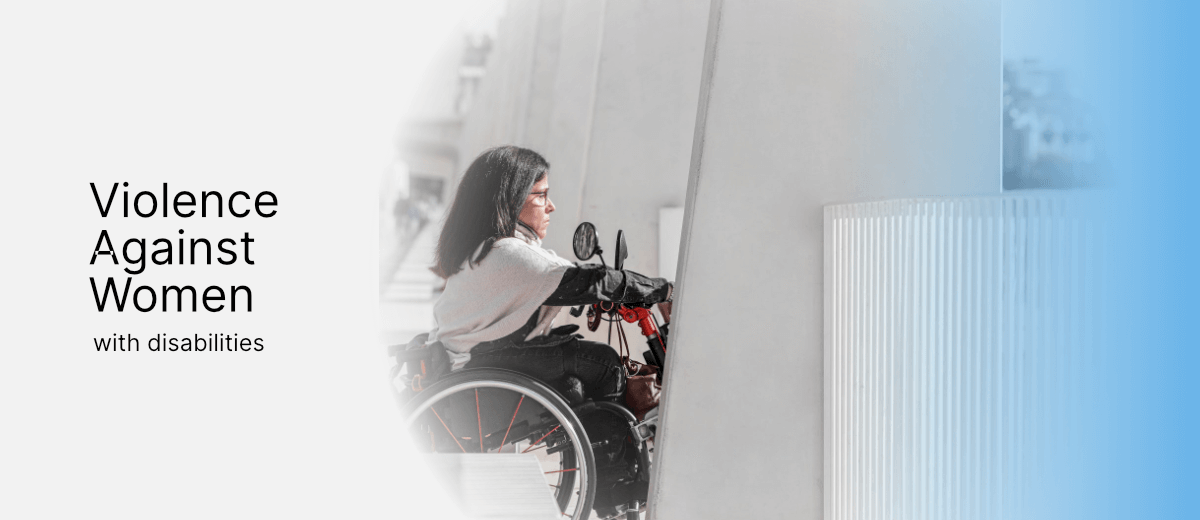What you didn’t know – and need to
24% of all women in Canada live with a disability; however they experience nearly half of all violent victimization committed across the country. Women with disabilities are about twice as likely to face violent crime, multiple instances of violence, violence in their own home, sexual assault, and sexual abuse by an adult before the age of 15 than women without disabilities.These statistics show the importance of employing an intersectional approach when analyzing the impacts of gender-based violence on women — because women of different identities will experience violence differently as well. This article will take a deeper look at how gender-based violence affects the lives of women with disabilities, and the ways violence manifests that are specific to this community.
What does violence against disabled women look like?
Women with disabilities experience the same forms of abuse that many women experience, such as physical, sexual, psychological, as well as economic abuse. Some instances of abuse that uniquely affect women with disabilities include:- Withholding or sabotaging necessary equipment such as wheelchairs, medication, and hearing aids
- Harming service animals
- Making threats to leave the relationship, resulting in:
- Institutionalization for the woman
- Possible loss of home and/or child
- Refusing to or failing to interpret verbal communication with service providers to undermine the woman and her decision-making ability
- Withholding assistance, such as bathroom access or leaving the woman in a physically uncomfortable or embarrassing situation for a prolonged period
Leaving an abusive household as a woman living with disabilities
The hardships women with disabilities may encounter are not limited to inside the house. When she makes the decision to leave her abuser, a woman with disabilities faces a myriad of consequences. Only some of these impacts include a lack of a primary caregiver, development or exacerbation of mental and physical health challenges, threatened or actual loss of their children, as well as vulnerability to further violence due to unstable and unsafe housing, lack of resources, and increased isolation. Furthermore, women with disabilities may encounter the following barriers when seeking safe, affordable, and accessible housing:- Increased barriers to work force participation, affecting their ability to pay for housing and other necessities
- Some women with disabilities experience harassment by their abuser at their workplace, putting their employment at risk
- This can manifest through the abuser disclosing the woman’s disability against their wishes, or damaging necessary equipment
- “Screening out” processes by landlords that discriminate against women leaving violence or women living with disability
- A general lack of affordable and accessible housing, especially in rural, remote, and northern communities
If you would like to find out more about violence against women with disabilities, such as how violence itself can worsen or cause disability, as well as read about what improvements shelters can make to create accessible and inclusive spaces, please take a look at the Violence Against Women Learning Network’s issue on the topic.


Pingback: Intimate Partner Violence in 2SLGBTQ+ Relationships - Shelter Movers